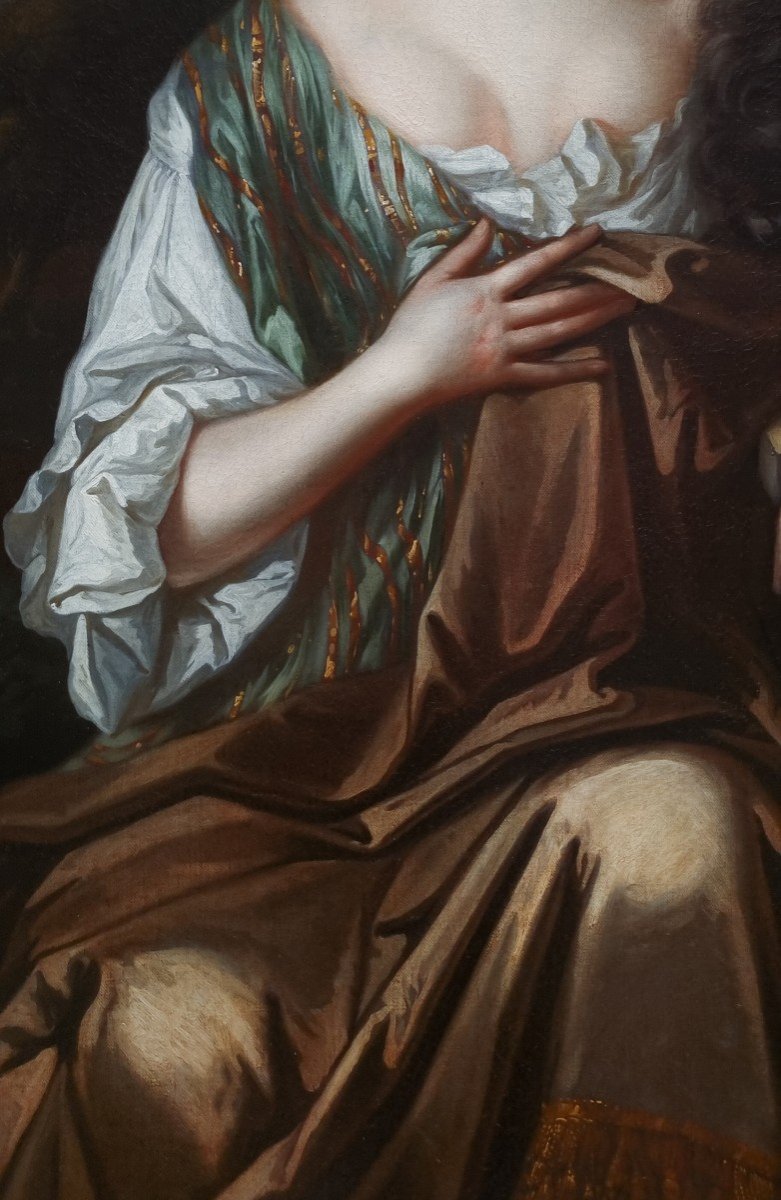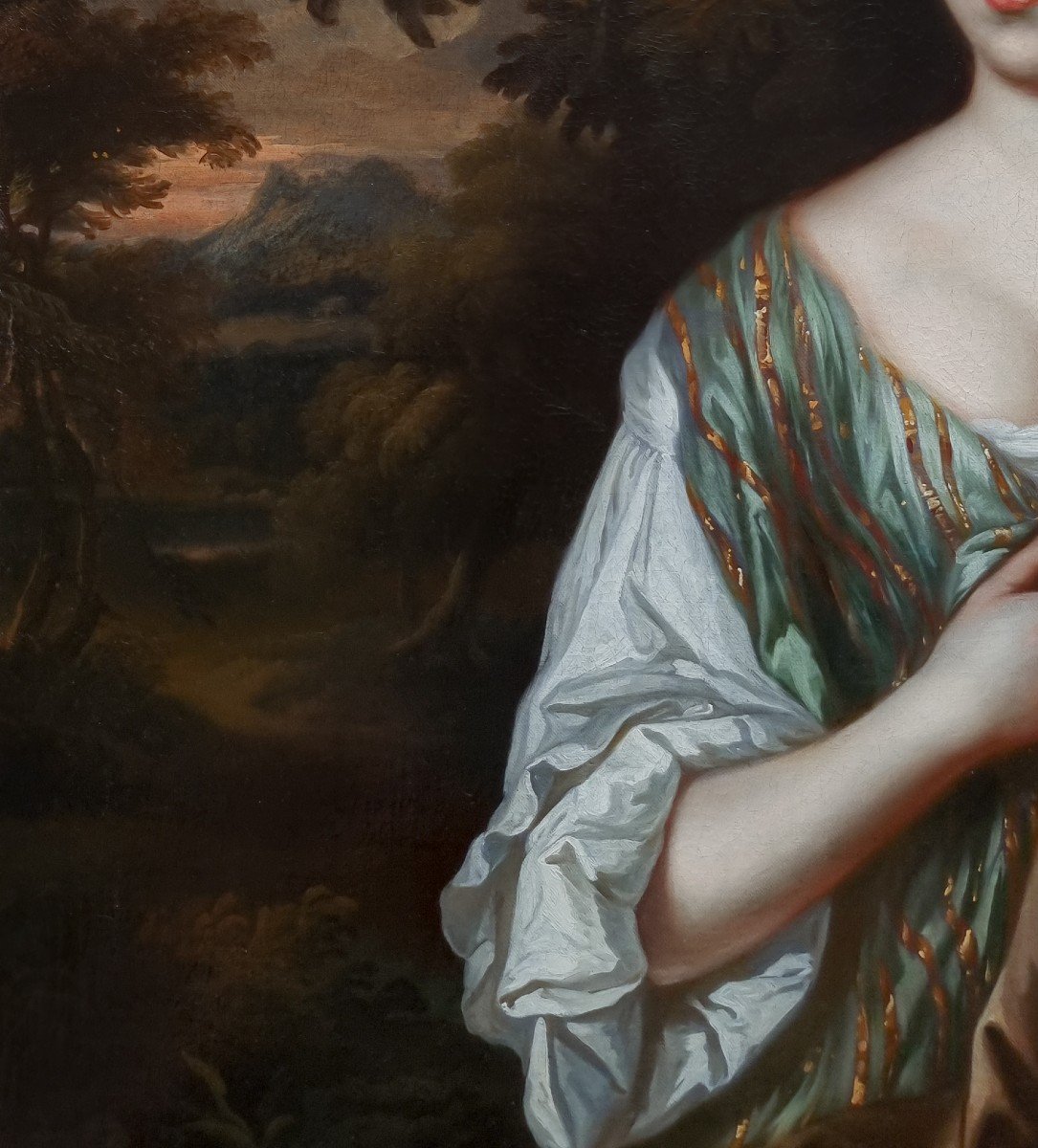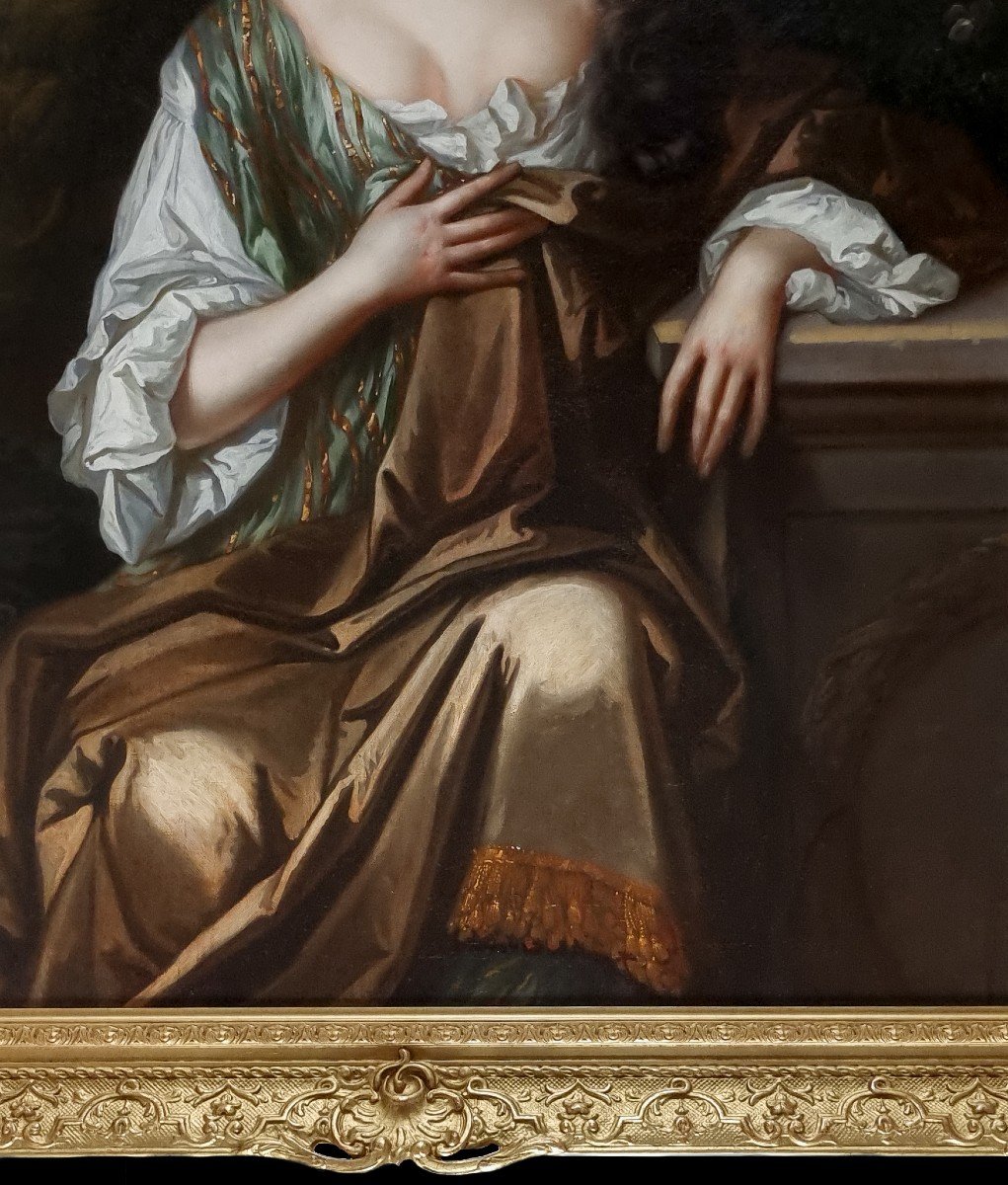"Portrait Of A Lady Seated By A Plinth In A Wooded Landscape C.1684/87; Circle Of Willem Wissing"
This exquisite grand manner work is an evocative example of the type of portrait in vogue during a large part of the seventeenth and eighteenth centuries. Beautifully composed, the sitter has been depicted three quarter length and seated within the surroundings of a wooded landscape resting her arm on a classical plinth. The classical architecture signifies cultivation and sophistication, and the pastoral background implies a virtuous character undefiled by the possession of great wealth and estates. Her body is enveloped in a luxurious russet cloak and a gauzy green and gold scarf. The clothing – known as “undress” at the time - was popular in portraiture. This, along with the type of portrait, and the style of clothing and hair help to date the portrait to circa 1684/87.The painting abounds with ingenious flourishes and demonstrations of the painter’s skills. A remarkable care is exercised, for example, in the handling of the drapery and the depiction of the hands have been rendered with remarkable confidence and sophistication.
In the past it was thought that the sitter was a member of the Fairfax family of York - a long-established Yorkshire Catholic family who owned extensive land and property in the county. Their principal residence was Gilling Castle, 20 miles north of York.
Willem Wissing was a Dutch artist who enjoyed a solid artistic training at The Hague under Arnold van Ravesteyn (c.1650-1690) and Willem Dougijns (1630-1697). He came to London in 1676 and most probably joined the studio or Sir Peter Lely as an assistant that same year. After Lely’s death in 1680 he effectively took over his business and he scaled the heights of patronage with extraordinary ease, creating an independent practise in 1687. King Charles II was so impressed by a portrait Wissing painted of his illegitimate son the Duke of Monmouth in 1383 that he commissioned his own portrait. (Royal Collection) and that of his Queen Catherine of Braganza. His polished elegance, luscious detail and atmospheric power ensured his meteoric rise from studio assistant in 1680 to royal painter in all but name in 1683. He had only one real rival in England, Sir Godfrey Kneller, who was on the rise.
The painter’s last great patrons were John Cecil 5th Earl of Exeter and his Cecil and Brownlow relatives in Lincolnshire before his career was to be abruptly cut short with his early demise in 1687, aged just 31, giving rise to the sort of romantic apocrypha that attach themselves to genius. At that time, he was staying at the Earl’s seat Burghley House, engaged on his most ambitious work, a vast canvas showing the Earl and his five grandsons at full length. John Vandervaart (whom Wissing collaborated with) took over Wissing’s studio and set up in practice on his own.
Measurements: Height 147.5cm, Width 125cm, Depth 10cm framed (Height 58”, Width 49.25”, Depth 4” framed)



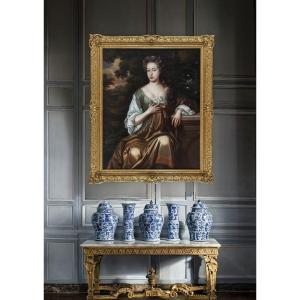
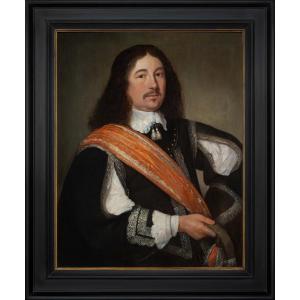
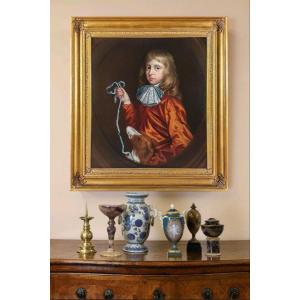



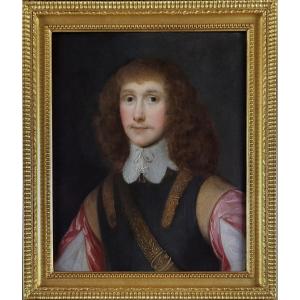
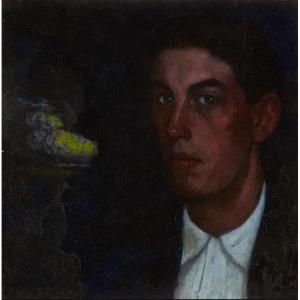
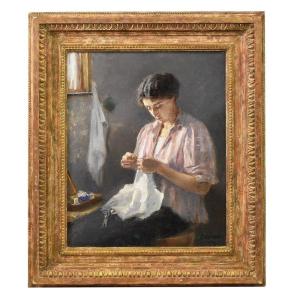

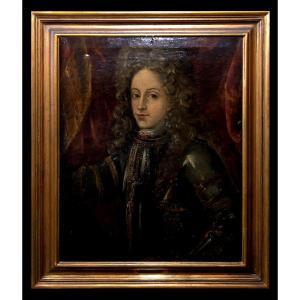
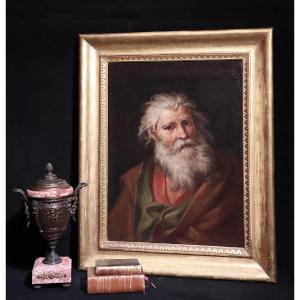





 Le Magazine
Le Magazine Rivista Artiquariato
Rivista Artiquariato TRÉSORS magazine
TRÉSORS magazine




